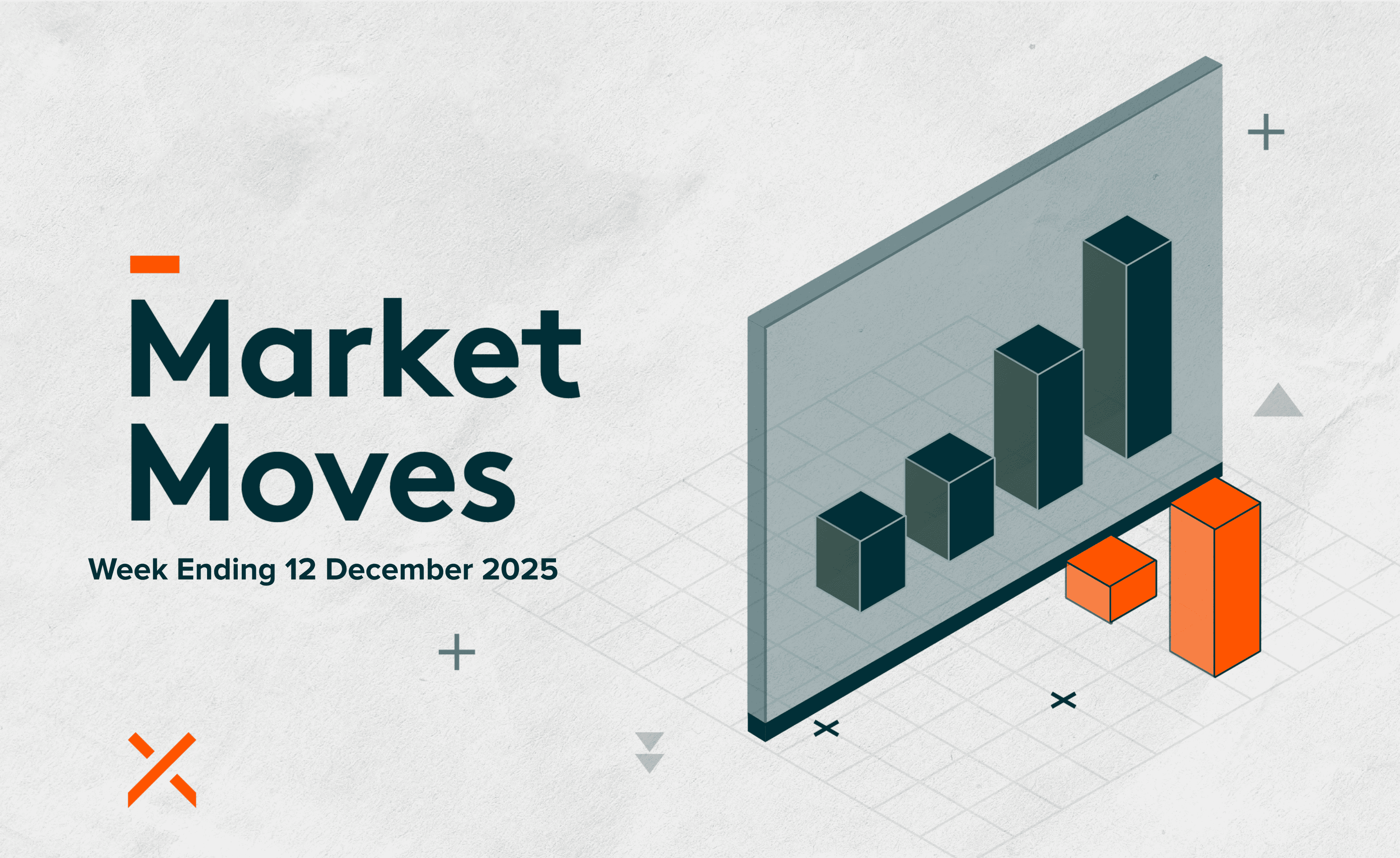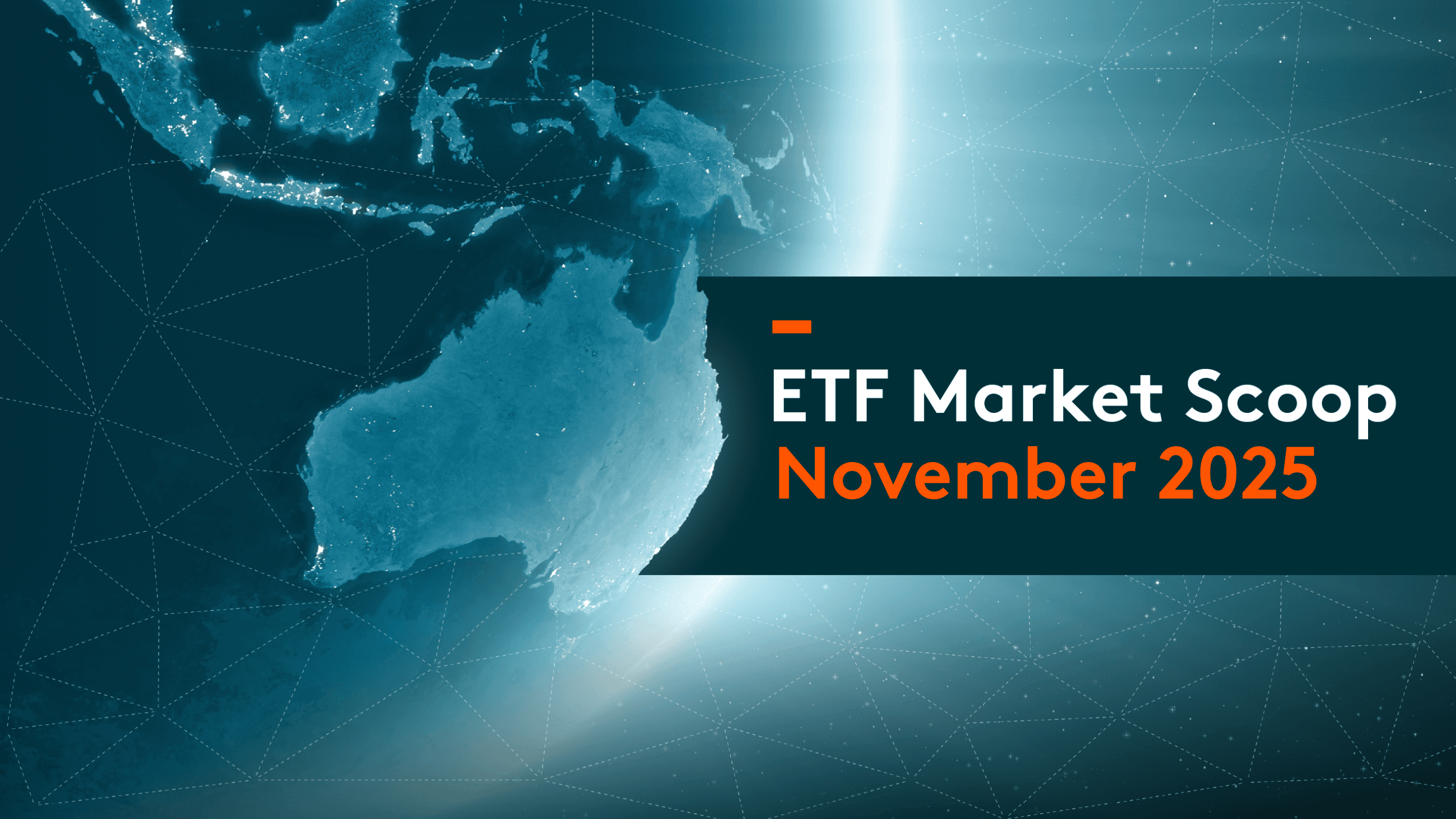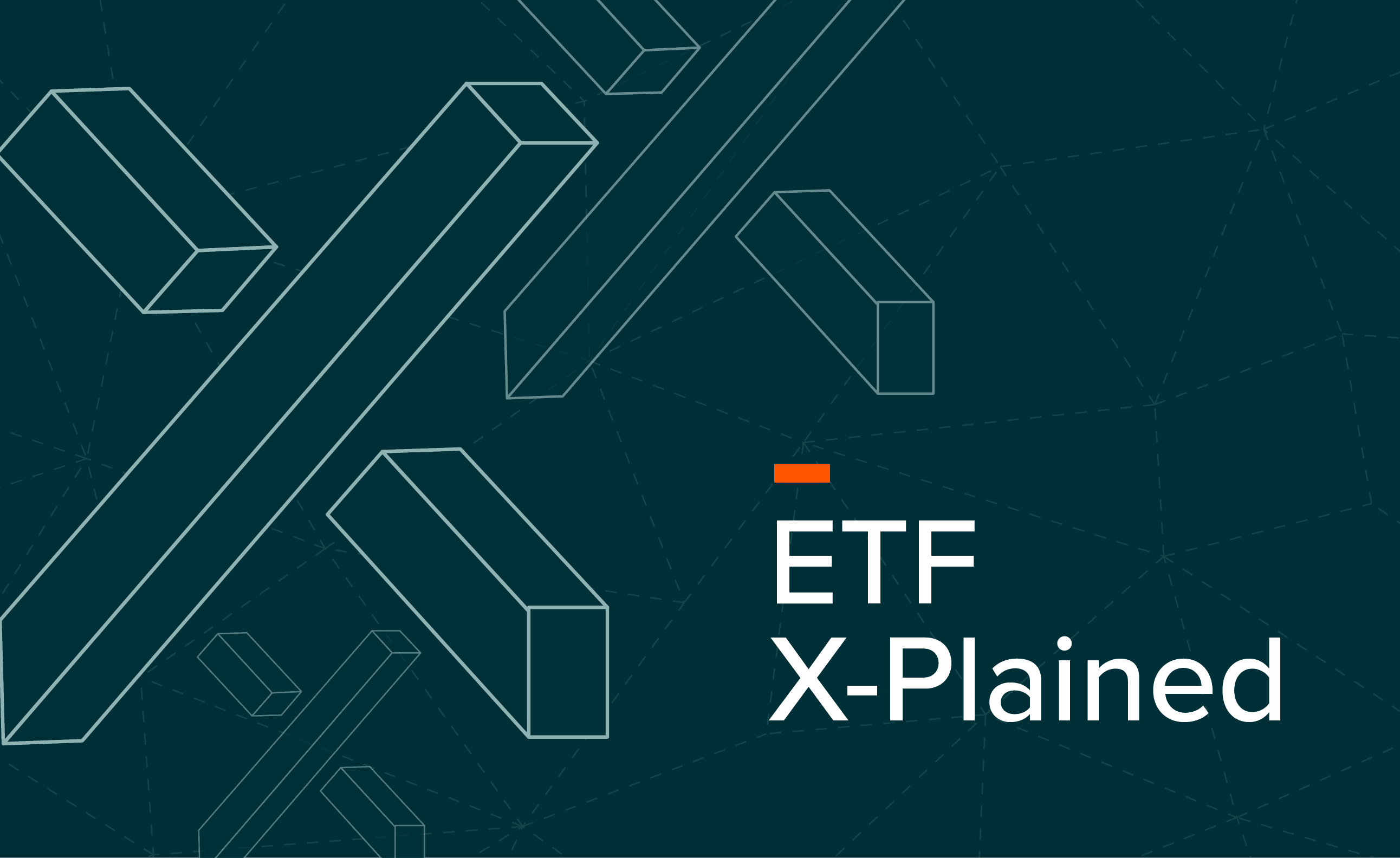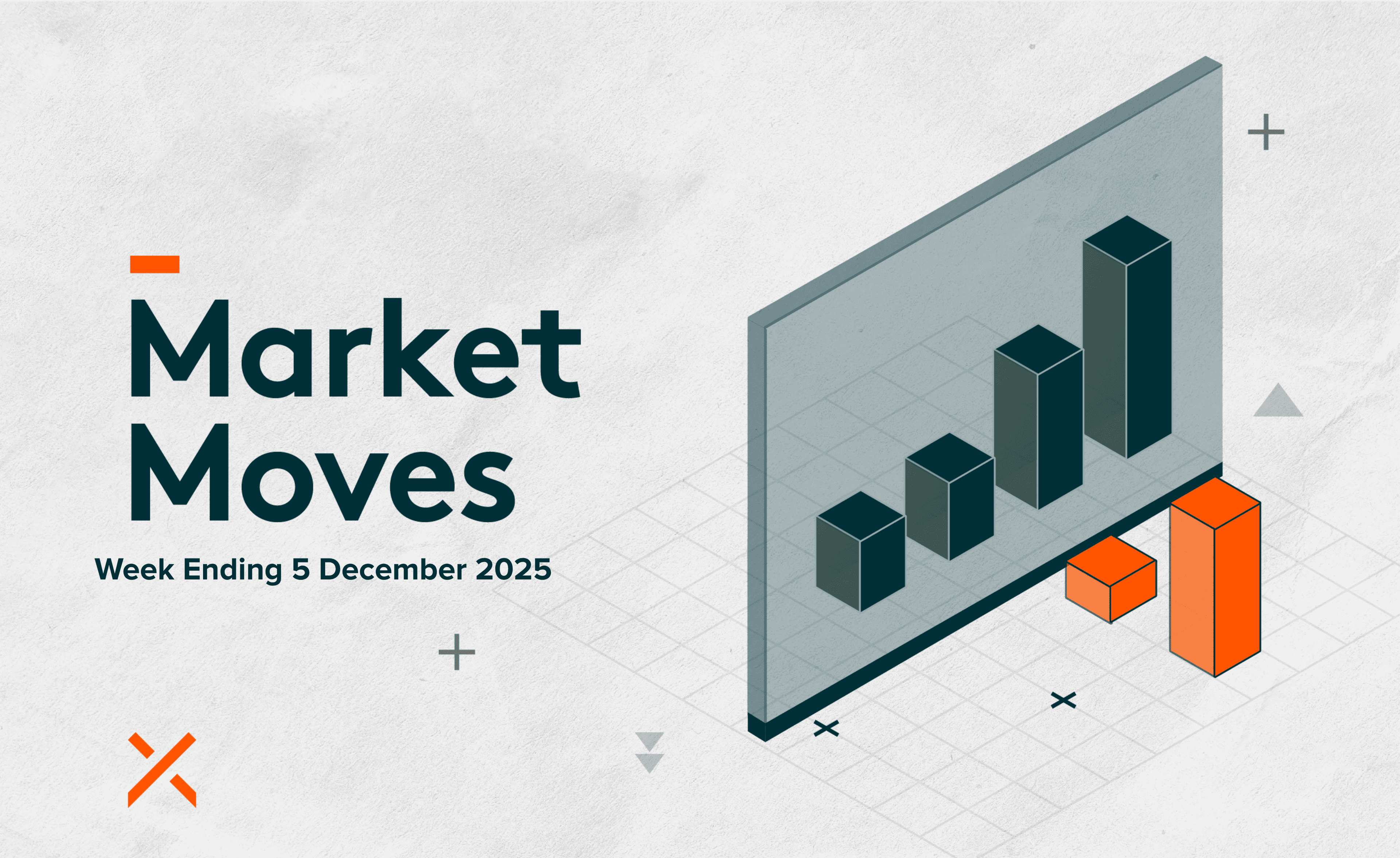
Education Hub
Global X's Education Hub provides valuable resources to help investors understand and navigate investment strategies and market trends.
How to Buy and Trade ETFs
Investing in an ETF is just like buying shares in a company. Investors looking for access to the world of ETFs can buy and sell the securities on a stock exchange, such as the Australian Securities Exchange (ASX). ETFs can be traded through an online platform, such as Bell Direct, or through a financial adviser or stockbroker. This means investors have the potential to easily gain exposure to their desired ETF in a single transaction. To learn more about how to choose an ETF, click here.
In this article, we share how ETFs are created and redeemed, and the role of market makers, which may help investors appreciate the mechanics of ETF pricing and how best to trade them.
Creation and Redemption
As we shared above, ETFs can be bought or sold on the stock exchange. This is referred to as the secondary market. However, there is also a primary market, where Authorised Participants (APs) are able to deal directly with the issuer of the ETF. A closer look at this process is detailed below for informational purposes. However, all the interactions direct investors have with ETFs will generally take place on the secondary market only (via the stock exchange).
Authorised Participant (AP)
APs are financial institutions that source the underlying assets (such as stocks), or cash needed to create the ETF. Only APs can create or redeem ETFs. They are typically investment banks or specialist market makers.
Creation
When an AP wishes to purchase (i.e. ‘create’) securities from the ETF provider, it will typically deliver the underlying reference assets (or the cash equivalent) to the ETF provider. In return, the AP will receive the ETF shares from the ETF provider. These transactions typically occur in large batches (e.g. 50,000 ETF shares). Once the AP has received the ETF shares, it can sell them to intermediaries and investors via the stock exchange.
- The AP submits an application to the ETF provider to purchase (i.e. ‘create’) securities.
- The AP then delivers the underlying reference asset or the cash equivalent to the ETF provider (e.g. if the ETF is tracking the S&P/ASX 200 index, the AP will deliver the S&P/ASX 200 shares according to their weighting in the index or the cash value of such shares).
- In exchange, the ETF provider transfers the same value in ETF shares to the AP.
- The AP then sells the ETF shares to intermediaries and investors via the stock exchange.
Redemption
The redemption process is the opposite of the creation process. When investors sell their securities in an ETF, the AP will either hold them as ‘inventory’ or will redeem them with the ETF provider. If the AP decides to redeem the securities, it will submit a redemption request to the ETF provider, who will then return either the underlying reference asset or cash in return for the securities, which will then be cancelled.
- The AP submits an application to the ETF provider to return (i.e. ‘redeem’) securities.
- The ETF provider then delivers the underlying reference asset or the cash equivalent to the AP.
- The ETF provider cancels the same value in ETF shares.
Pricing and NAV
ETFs can be created and redeemed according to demand, which means the number of ETF shares issued is variable. This is unlike company shares. Companies issue a fixed number of shares (unless a corporate event takes place to issue additional shares) that trade at a variable price determined by supply and demand. This is important because the purpose of an ETF is to track an underlying benchmark or asset. If the price of an ETF fluctuated depending on supply and demand, it would no longer track its underlying accurately.
In theory, the price of an ETF should be determined by its net asset value (NAV) divided by the number of ETF shares that have been issued. The NAV will fluctuate depending on the price movements of the underlying assets which, in turn, will alter the price of each ETF share.
NAV or Net Asset Value
Generally, NAV refers to the value of an entity’s assets minus its liabilities. In the context of ETFs, NAV is calculated as the value of assets held by the ETF (whether equities bonds, swaps, cash, etc.) minus its liabilities (management fee, swap fee, transaction costs, etc.).
NAV = assets - liabilities
Arbitrage
If supply and demand for an ETF causes it to trade away from its NAV, an arbitrage opportunity arises. Arbitrage is the purchase and sale of an asset to exploit a price difference.
If ETF price is more than the underlying assets
The AP can buy the underlying assets and exchange them for ETF shares. These shares can then be sold to intermediaries and investors. Since the ETF shares are worth more than the underlying assets, the AP profits.
If ETF price is less than the underlying assets
The AP can buy ETF shares and exchange them for the underlying assets. These assets can then be sold to intermediaries and investors. Since the underlying assets are worth more than the ETF shares, the AP profits.
With ETFs, the creation/redemption process allows arbitrage to take place. The AP can continue the arbitrage until there is no price difference between the ETF and the underlying assets, hence the process of arbitrage will no longer be profitable. This ensures that ETFs will only trade away from its NAV for short periods. Unlike ETFs, listed investment companies (LICs) lack a creation/redemption mechanism, allowing them to trade at premiums or discounts to their NAV for extended periods due to market conditions and investor sentiment.
The arbitrage process
Imagine a physical S&P/ASX 200 ETF trades for $20 and the underlying assets that constitute the ETF are worth $25. The AP can buy the ETF on exchange and redeem it for the underlying shares. By selling them, the AP makes a profit of $5. As it buys the ETF and sells the underlying assets, it reduces the price difference between them. Eventually, the prices converge, and the arbitrage will no longer be profitable. Through this process, the AP has returned the ETF to its NAV.
ETF Liquidity
Since ETFs can take advantage of the liquidity of its underlying assets, large transactions can be executed without significant impact on costs. For example, average daily volume of an S&P/ASX 200 ETF listed on the Australian Stock Exchange that tracks the S&P/ASX 200 index is approximately $20 million. Looking at this metric alone, an investor might conclude liquidity in these products is limited. However, the liquidity available to the ETF is actually much larger, since average daily volume of S&P/ASX 200 shares is billions of dollars. ETF volume represents only a small percentage of the underlying asset volume.
Therefore, investors thinking about an investment in ETFs should consider underlying asset liquidity as a more accurate measure of an ETF’s liquidity and not just on‑exchange volumes.
Execution slippage
Because ETFs are traded on-exchange, investors can be exposed to execution slippage. This is the difference between the best price an asset could be traded at and the actual price achieved.
A stock exchange uses an order book to record the best bid and ask price for all market makers quoting a particular security. In the hypothetical order book below, the ‘Ask’ column shows the prices at which an ETF unit can be purchased. The ‘Size’ is the number of securities available in the market, and the ‘Order’ is the number of market makers selling securities at each ask price. Imagine an investor wants to buy 3,000 ETF units, see below left:
[Image placeholder – hypothetical order book example]
An investor’s order is filled by purchasing the cheapest ETF units first and progressing onto the more expensive ETF units. If the investor in this example wants to fill the order for 3,000 securities of the ETF immediately, they will first purchase the 2,000 units available in the market at the lowest ask price of $10.83. The rest of the order is filled by purchasing the 180 units available at the next best ask price of $15.50 before progressing onto the more expensive units. The process continues until the entire order of 3,000 units is filled. Note that, despite there being 1,000 units of the ETF available at $21.10, only 440 ETF units need to be purchased at this price.
The average price of each ETF unit is the sum of each ask price multiplied by the number of ETF units purchased at that price and divided by the total order size (3,000). As explained in the table, right, the total order of 3,000 units would be executed at an average price of $13.54, compared to a best price of $10.83. The investor has paid a significant premium for the asset, reducing the prospective gain. This is called execution slippage.
Potential investors can protect themselves against execution slippage by using different order types.
Understanding Order types
There are four key order types:
- Market order
- Limit order
- Stop loss
- Stop limit order
Market orders are immediately executed but can suffer from execution slippage.
If an investor seeks to execute at a specific price, a limit order is often used. Limit orders are cancelled after a set time, usually at the end of the day, but can be specified to last for a longer period. Limit orders can be amended or cancelled provided they have not already been executed.
Other order types include:
Website Disclaimer
Global X Management (AUS) Limited (“Global X”) (Australian Financial Services Licence Number 466778, ACN 150 433 828) is the product issuer. Offers of interests in any retail product will only be made in, or accompanied by, a Product Disclosure Statement (PDS). In respect of each retail product, Global X has prepared a target market determination (TMD). Each PDS and TMD is available at www.globalxetfs.com.au. The information on this website is general in nature only and does not take into account your personal objectives, financial situations or needs. Before acting on any information, you should consider the appropriateness of the information having regard to your objectives, financial situation or needs and consider seeking independent financial, legal, tax and other relevant advice having regard to your particular circumstances. Any investment decision should only be made after obtaining and considering the relevant PDS and TMD. Investments in any product issued by Global X are subject to investment risk, including possible delays in repayment and loss of income and principal invested. The value or return of an investment will fluctuate and an investor may lose some or all of their investment. Past performance is not a reliable indicator of future performance.




